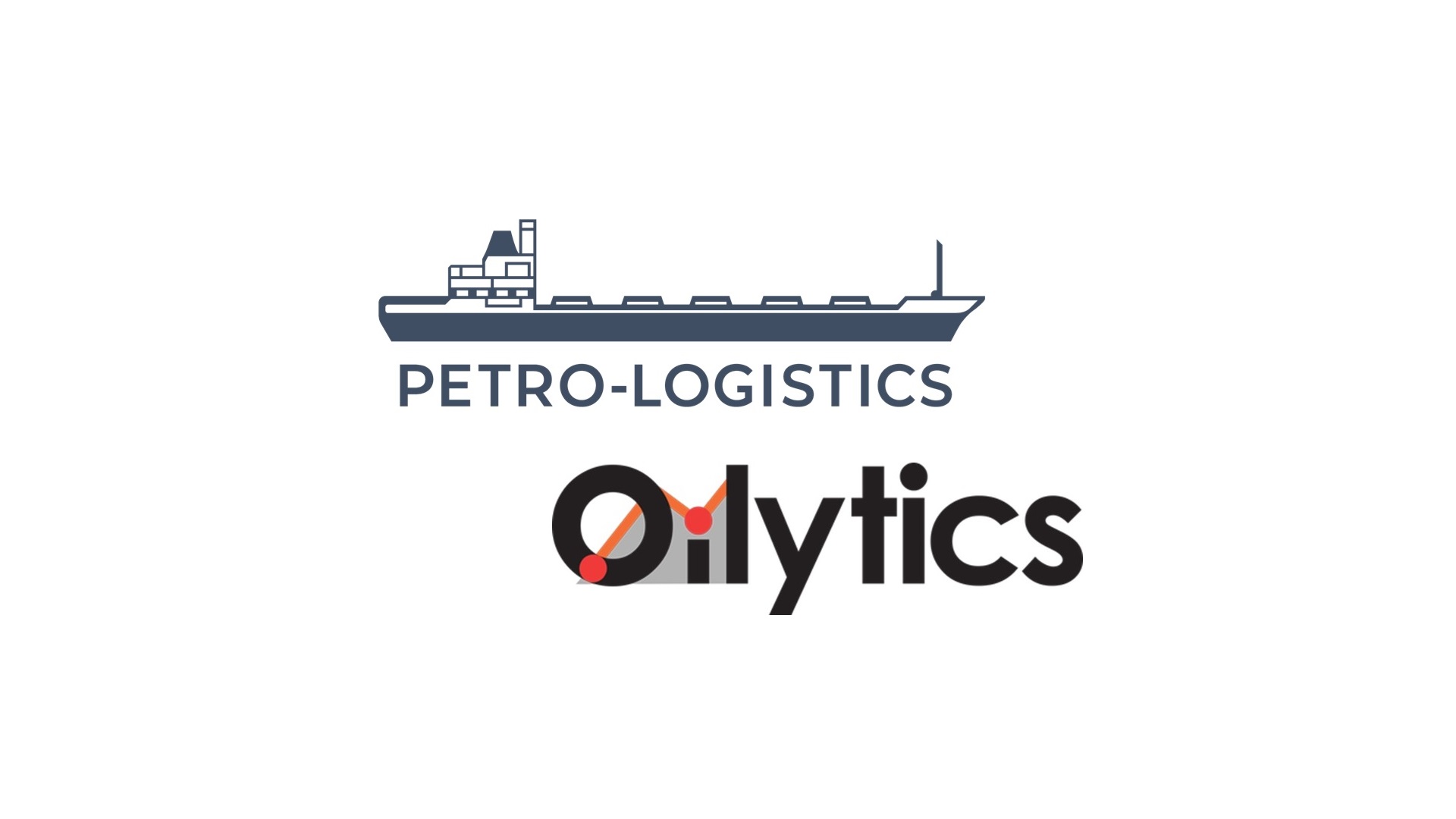OPEC Agreement - 30 November 2016
Read in 8 minutes
With OPEC having reaffirmed their Algiers commitment to cut production, attention now turns to the details of the agreement and, of course, what actions are actually taken by OPEC and non-OPEC countries to curb production. For now, the market has rewarded the cartel with a Brent oil price that has stabilised around the $50/bbl mark, below the highs achieved in October following the initial Algiers communication, but well above the lows of recent weeks as supply and exports from key OPEC producers and Russia surged to record highs.
In quick summary the deal involves:
- Six month commitment from 1 January, subject to review and potential extension for a further period when OPEC meets again in May
- Most member countries agreed to a 4.5% cut from October 2016[1] production as reported by OPEC’s secondary sources[2]
- Exemptions were granted for Libya and Nigeria owing to ongoing domestic civil unrest
- Iran is permitted to increase its production by 90 kb/d over October 2016 levels in recognition that they are still ramping up production to pre-sanction levels, which Iran feels should reflect a 2005 rather than 2011 baseline
- Indonesia’s OPEC membership was suspended, thereby granting them an exemption. This is hardly surprising given they are a net importer and were unlikely to make a contribution beyond net declines in production
The deal is contingent on non-OPEC production cuts of 600 kb/d, with a commitment to “cut 300 kb/d gradually” over the first half of 2017 already received from Russia’s Oil Minister, Alexander Novak. OPEC delegates indicated that Oman and Mexico have offered to make contributions and Azerbaijan and Kazakhstan are open to participate in OPEC/non-OPEC discussions that are now planned to take place on December 9th.
Given the relatively poor history of both OPEC compliance to output limits and of non-OPEC participation, much attention will now focus on the details of compliance in the coming months. This level of alignment amongst OPEC members has occurred a limited number of times in the past and on those occasions has led to at least some meaningful level of impact on supply to the market. At other times the agreements have been broadly hollow and led to further declines in prices and renewed OPEC negotiations.
In assessing the possible outcomes it is worth pausing to reflect on what it took to achieve this agreement, particularly given that OPEC is a governmental rather than corporate entity. The negotiations therefore tend to be more akin to diplomacy that commercial discussions. A number of key aspects are worth mentioning in this regard:
- All OPEC members agreed to accept OPEC’s secondary sources as the basis for production levels from which cuts (or increases) will be measured. This is a significant coup for the Secretariat following months of animosity from Iraq and Iran in particular with regard to their figures. Secondary source figures are generally lower than direction communications from most member countries.
- Saudi Arabia was willing to accede to Iran’s demand that they would not accept a cut or a freeze. It is unlikely that Iran would have accepted a deal that required them to cut, even if they were granted other concessions. This represents a material softening of the Saudi position.
- Iraq was willing to accept a 4.5% cut in their production even as exemptions were granted to Libya and Nigeria and Iran was afforded an increased allocation. This marks the first formal statement of a limit for Iraqi production within OPEC since 1998, making it a very significant concession that may yet prove a sticking point.
- Despite agreement on the baseline for cuts, it was made clear in the press conference that this does not constitute a return to the quota system for OPEC and that the “allocations” made to each producer were without prejudice to any future agreement on quotas. This statement is almost certainly a compromise between Saudi, Iran and Iraq with regard to their recent market share wrangling.
Turning now to what it means from here, it is highly likely that at least some form of compliance will occur, which is positive in terms of addressing the significant overhang of crude and refined products in the market today. On past form, Saudi will stick to their word with near full support from UAE and Kuwait and lower levels of compliance from other member countries. On average the compliance to total agreed December 2008 cuts was around 66% in the first half of 2009, representing one of the strongest periods of OPEC alignment. In 2001/2002 there were reductions post 9/11, led by the core of OPEC (Saudi, UAE and Kuwait) with limited participation from others, beyond declines or supply disruptions, while in 1998 it took three rounds of agreements to finally achieve a reasonable level of compliance, despite oil prices languishing around $10/bbl in the wake of the Asian Financial Crisis.
From a non-OPEC perspective, gaining verbal commitment to participate with OPEC action has not typically been an issue, however compliance with those commitments has proven elusive. An additional complication is that the commitment from Russia to a 300 kb/d cut, implemented gradually over the first half of 2017, implies a net production cut of far less than 3% over the first half while OPEC members have committed to 4.5%. It remains unclear from exactly which level Russia will cut with some commentators indicating it may be from 2017 forecast production rather than October 2016 actual figures, meaning limited contribution in reality.
Achieving the balance of 300 kb/d to meet the 600 kb/d non-OPEC production cut would require large commitments from amongst producers like Oman, Kazakhstan, Mexico, Azerbaijan, Brazil or Norway.
While Oman carries some credibility in terms of commitment to a cut, it is unlikely they will outperform OPEC’s 4.5% commitment and may only offer a cut in line with Russia’s headline 3% commitment, implying a 30 to 45 kb/d contribution.
It seems improbable that Kazakhstan would commit to cut just as they finally bring on stream the giant (and giant problem plagued) Kashagan field, however on the same basis as Oman this would imply a 50-75 kb/d cut.
Mexico and Azerbaijan’s underlying declines are likely to be their sole contributions, which is line with status quo expectations before OPEC’s action, leaving a material hole for other contributors to fill. Given the ongoing economic woes in Brazil and recent significant effort to boost production in Norway, in all the gap feels like a bridge too far.
On the above basis it is likely that non-OPEC will fail to live up to its obligations in real terms, however it is unlikely that OPEC will be incentivised to react negatively to this news in the near term unless the oil glut continues to weigh on absolute prices and/or Russia continues to overtly and aggressively expand production. We expect OPEC to represent non-OPEC’s contribution in a positive light to continue attempts to tease the market higher until fundamentals improve.
To monitor compliance, OPEC has established a technical committee to be chaired by Kuwait and involving Venezuela, Algeria and two non-OPEC representatives (likely to be Russia and Oman) with support from the OPEC Secretariat.
While OPEC will monitor production volumes, from a market perspective it is as or more important to know not just how much is cut, but what is cut. With Libya, Nigeria and Indonesia granted exemptions, the bulk of cuts will be from medium sour producers[3] in OPEC. Russia and Oman, who are likely to represent the bulk of non-OPEC contributions, are also medium sour producers.
On the surface this will see a reduction in short residue availability for cokers and other heavy upgrading units. With the expectation that excess inventories will begin to draw, we will see an increase in light sweet availability as that is most likely what has been stored during the extended period of contango[4].
In principle these dynamics point to a weakening of naphtha and a tightening of fuel oil cracks, narrowing the light heavy differential. In contrast to past periods, however, it is possible that Saudi Arabia in particular focuses reductions on their lighter grades, such as Arab Extra-Light. Other OPEC members will be tempted to remove condensate streams from crude exports to feign compliance as condensates are not included in OPEC figures. Monitoring of grade specific export behaviour will therefore be of even greater importance through this period to understand real time market dynamics.
Petro-Logistics specialises in the monitoring of OPEC, Russian and FSU crude oil and condensate production, supply and exports at a grade specific level, shining light into the hard to see corners of the oil market. Please contact us for more information on our country specific reports.
–
[1] Angola agreed to baseline their cut from September production owing to significant field maintenance in October
[2] Current OPEC secondary sources are IEA, EIA, PIW, IHS CERA, Platts and Argus, although this list is expected to expand/change given the increased scrutiny around member compliance and on the basis of discussions with OPEC Secretariat on the sidelines of the meeting.
[3] Algeria and Angola being the other light and medium sweet crude producers respectively
[4] Most Middle East grades are sold on an OSP basis with destination restrictions, making it hard or impossible to store them in material quantities. The Canadian wild fires over the summer tightened North American heavy crude balances, meaning most excess crude in storage is likely to be light sweet. This hypothesis is further supported by the stronger market structure in Dubai crude relative to lighter and sweeter Brent and WTI benchmarks.


